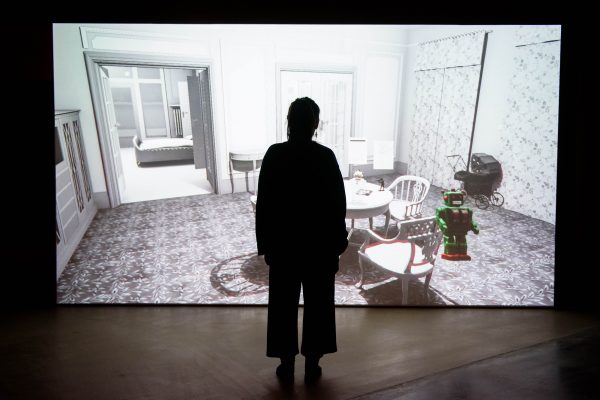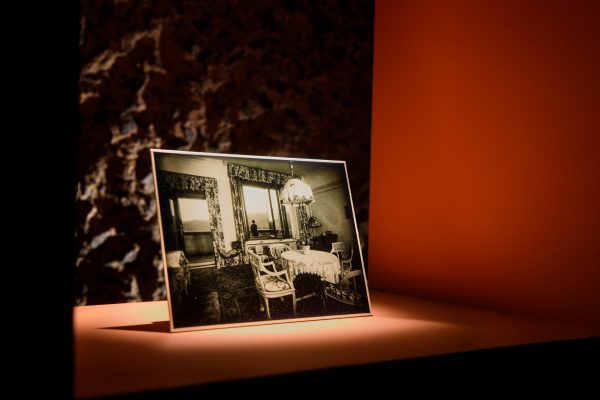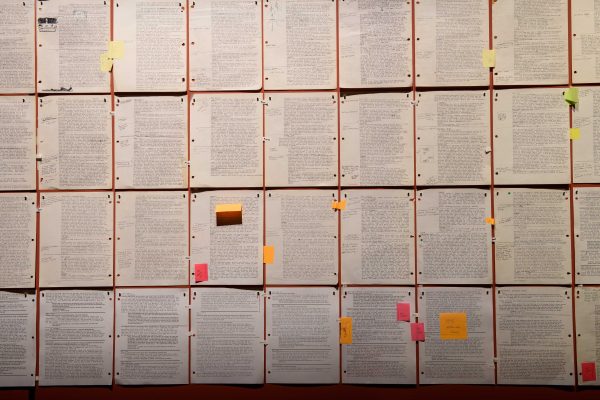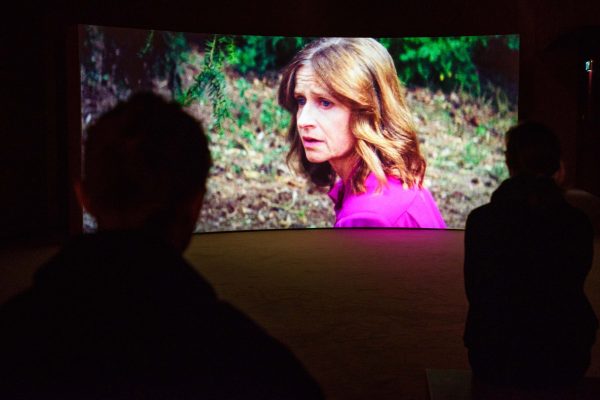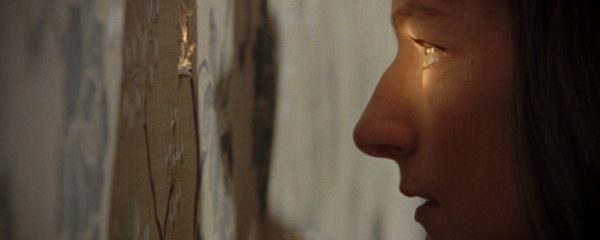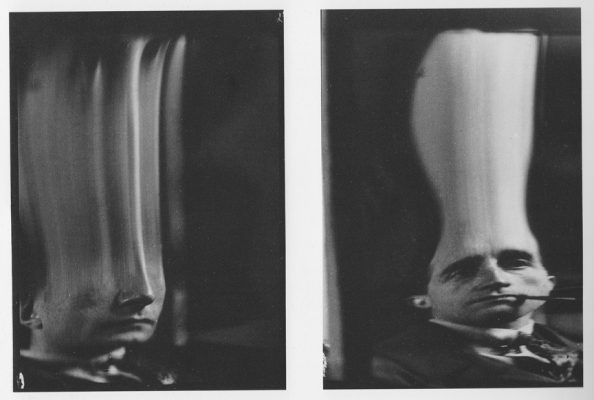I awoke bathed in perspiration, my teeth clenched. Once again, as on countless previous nights, I had been hunted from pillar to post in a dream – shot at, tortured, scalped. But on this night, of all nights, the thought occurred to me that I might not be the only one among thousands upon thousands to be condemned to such dreams by the dictatorship.
Charlotte Beradt, ‘Dreams under Dictatorship’, Free World (1943)
Born in Berlin in 1907 into a Jewish merchant family, Charlotte Beradt was working as a journalist when the Nazis took power in Germany in 1933. Around this time, she began collecting dreams, slowly compiling a record of the ramifications of Nazi ideology on the unconscious minds of her local community, from doctors and civil servants to students and homemakers. Over the course of 6 years, Beradt collected accounts of around 300 individuals’ dreams, a project which ended in 1939 when she fled Germany for the USA.
I was reminded of Beradt’s extraordinary project whilst exploring Daria Martin’s Tonight the World, a multi-media installation made in response to a dream diary kept by Martin’s grandmother Susi Stiassni, currently on view at the Barbican Curve Gallery. The family, prominent Jewish textile manufacturers, fled their home in Brno in 1938, when Czechoslovakia was on the brink of Nazi occupation. Aged only 16 when they left the country, Stiassni went on to keep a dream diary for around 35 years, accumulating some 20,000 pages of material. Hers is an acutely personal project: almost too private to engage with as an outsider, and impossibly monumental to comprehend as a whole.
Martin’s Tonight the World opens with a videogame that simulates the Stiassni family home in Brno, a modernist villa which still stands today. Watching the prerecorded play-through, we are granted a first-person perspective on a faithfully recreated 3D model of the house and garden. In the course of the game, the player discovers several artefacts from Martin’s grandmother’s childhood, among them a toy soldier, a locket and a model robot. As the player interacts with these objects, specific pages from the dream diary show up on the screen, vestiges of Stiassni’s unconscious mind that connect the diary with the material world.
As the player returns the objects in the game to Stiassni’s childhood playroom, a silhouette appears on the balcony, like an apparition in a seance. Walking further into the gallery, I find a black & white photograph of a similar scene: a figure (perhaps Stiassni herself) looking out from the balcony in Brno. A few paces on, the model robot reappears, displayed high up on a specially installed red wall. In the videogame, these dream-objects were distinctively coloured in contrast to the greyscale game environment. Here, the robot itself is grey, a paralysed relic of a past life. Peering through one of the windows cut into the partition wall, I glimpse a selection of pages from Stiassni’s dream diary, positioned just about faraway enough to be indecipherable. Obstructing our access to the diary, the wall is a physical embodiment of the evasive quality of dreams, and their frustrating resistance to memory and interpretation.
In Martin’s installation, the wall is also a protective mechanism that defends the contents of her grandmother’s inner experience from outsider corruption. In her study of dreams, Charlotte Beradt was anxious that the private realm of the unconscious was being insidiously permeated by the tyranny of the regime. In the epigraph to her book-length publication, The Third Reich of Dreams (1962), Beradt quotes the Nazi politician Robert Ley, who declared that ‘the only person in Germany who still leads a private life is the person who sleeps.’ Although intended by Ley as a calculated boast of omniscience and power, Beradt argues that his declaration was in fact an understatement. In 1930s Berlin, dreams were no longer your own; instead, in Beradt’s words, they were ‘dictated by the dictatorship’.
The breakdown of emotional and mental autonomy under Nazi rule is exemplified by a dream told to Beradt in 1934 by a 45-year old doctor:
I was just stretching out on the couch to relax … when suddenly the walls of my room and then my apartment disappeared. I looked around and discovered to my horror that as far as the eye could see no apartment had walls anymore. Then I heard a loudspeaker boom, ‘According to the decree of the 17th of this month on the Abolition of Walls …’.
The doctor’s dream encapsulates the totalitarian politicisation of personal life, a violation that subsumes private experience into the public realm, constituting an aggressive disavowal of the democratic independence of the individual.
Beradt’s rationale for collecting dreams was rooted in the belief that they ‘might one day serve as evidence when the time came to pass judgment on National Socialism as a historical phenomenon’. While most conservative historians are unlikely to turn to dreams as a source to explain the past, the reticence to look to intangible and subjective levels of experience, such as emotion, is waning, as many writers are beginning to foreground these elusive but essential parts of the human condition. The historian Georges Didi-Huberman cites Beradt’s collection of dreams as a rare example of what he describes as ‘firefly knowledge’: those clandestine stories that survive only in remnants, like flashes in the night.
Daria Martin’s Tonight the World concludes with five films produced in response to Martin’s grandmother’s dreams, mostly shot inside the Villa Stiassni. The films are performed by four actors who take turns playing the role of the protagonist, their different ages reflecting Stiassni’s return to Brno in her dreams over the course of four decades. Nightmarish scenes of pursuit and dislocation recur, including a terrifying encounter with soldiers who hunt Stiassni through a forest. Yet, several of the films are utterly baffling – featuring, for example, a conversation with the Terracotta Warriors, and an encounter with a man who lives between the walls. Perhaps the most oblique dream takes place in a car, in which the dreamer is seated beside a woman dressed in mourning clothes, clutching an envelope. Eventually, she removes a letter that reads: ‘tonight the world’. This obscure message seems to express something vitally important about the value of nocturnal sources. Shaped by each individual’s memories, desires and fears, dreams cast a unique perspective on the social and political realities of the day.
